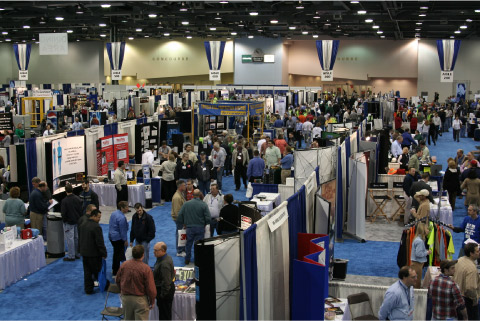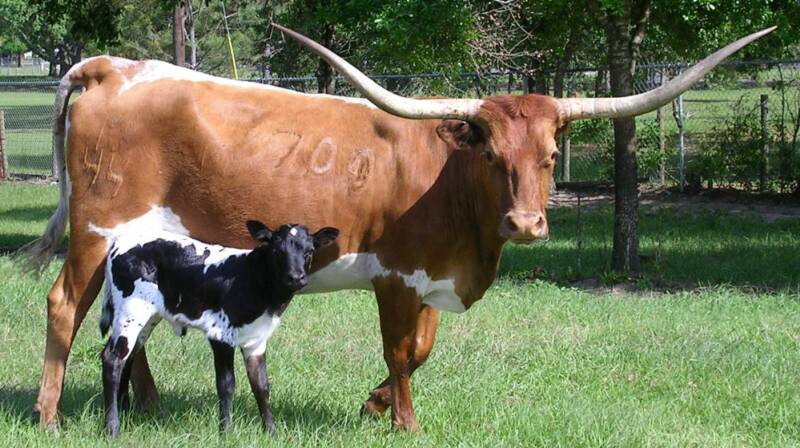Stamp: Cattle (Bos primigenius taurus) (Soviet Union, USSR 1939)
Cattle (Bos primigenius taurus) (Soviet Union, USSR 1939)
01 January (Soviet Union, USSR ) within release 125th Birth Anniversary of M. Yu. Lermontov. goes into circulation Stamp Cattle (Bos primigenius taurus) face value 10 Russian kopek
| Stamp Cattle (Bos primigenius taurus) in catalogues | |
|---|---|
| Michel: | Mi:SU 699 |
Stamp is square format.
Also in the issue 125th Birth Anniversary of M. Yu. Lermontov.:
- Stamp - Gorky Street (Tverskaya) face value 10;
- Stamp - The house of the CPC face value 20;
- Stamp - Lenin library face value 30;
- Stamp - Crimean bridge face value 40;
- Stamp - Moskvoretsky bridge face value 50;
- Stamp - Metro station 'Dinamo' face value 1;
- Stamp - Definitive Issue face value 60;
- Stamp - Definitive Issue face value 60;
- Stamp - Vladimir Lenin (1870-1924) face value 10;
- Stamp - Polina Ossipenko, pilot face value 15;
- Stamp - Marina Raskowa, navigator face value 30;
- Stamp - Walentina Grisodubowa, commander face value 60;
- Stamp - Statue on USSR Pavilion face value 30;
- Stamp - New York World's Fair. face value 50;
- Stamp - New York World's Fair. face value 50;
- Stamp - Taras Chevchenko, self portrait face value 15;
- Stamp - Taras Chevchenko, painting by Ilja Repin face value 30;
- Stamp - 125th Birth Anniversary of T. G. Shevchenko. face value 60;
- Stamp - Farm girl face value 30;
- Stamp - Cattle (Bos primigenius taurus) face value 10;
- Stamp - Agricultural exposition face value 15;
- Stamp - Agricultural exposition face value 20;
- Stamp - Agricultural exposition face value 30;
- Stamp - Agricultural exposition face value 30;
- Stamp - Agricultural exposition face value 45;
- Stamp - Horse (Equus ferus caballus) face value 50;
- Stamp - Agricultural exposition face value 60;
- Stamp - Agricultural exposition face value 80;
- Stamp - All-Union Agricultural Fair. face value 1;
- Stamp - All-Union Agricultural Fair. face value 1;
- Stamp - Aviation day face value 10;
- Stamp - Aviation day face value 30;
- Stamp - Aviation day face value 40;
- Stamp - Aviation day face value 50;
- Stamp - Aviation Day face value 1;
- Stamp - M.J. Saltykov-Schedrin face value 15;
- Stamp - M.J. Saltykov-Schedrin face value 30;
- Stamp - M.J. Saltykov-Schedrin face value 45;
- Stamp - 50th Death Anniversary of M. E. Saltykov-Schedrin. face value 60;
- Stamp - Sanatorium of State Bank, Kislowodsk face value 5;
- Stamp - Sanatorium of the Red Army, Sotchi face value 10;
- Stamp - Sanatoriums face value 15;
- Stamp - Sanatoriums face value 20;
- Stamp - Sanatoriums face value 30;
- Stamp - Sanatoriums face value 50;
- Stamp - Sanatoriums face value 60;
- Stamp - Caucasian Health Resorts. face value 80;
- Stamp - M.J. Lermontov face value 15;
- Stamp - M.J. Lermontov face value 30;
- Stamp - 125th Birth Anniversary of M. Yu. Lermontov. face value 45;
- Stamp - Chernyshevski face value 15;
- Stamp - Chernyshevski face value 30;
- Stamp - 50th Death Anniversary of N. G. Chernyshevsky. face value 60;
- Stamp - 50th Death Anniversary of N. G. Chernyshevsky. face value 60;
|
Data entry completed
50%
|
|
|---|---|
| Stamp Cattle (Bos primigenius taurus) in digits | |
| Country: | Soviet Union, USSR |
| Date: | 1939-01-01 |
| Print: | Photogravure |
| Format: | Stamp |
| Face Value: | 10 Russian kopek |
| Print run: | 3000000 |
Stamp Cattle (Bos primigenius taurus) it reflects the thematic directions:
Mammals are any vertebrates within the class Mammalia (/məˈmeɪli.ə/ from Latin mamma "breast"), a clade of endothermic amniotes distinguished from reptiles (including birds) by the possession of a neocortex (a region of the brain), hair, three middle ear bones and mammary glands. All female mammals nurse their young with milk, secreted from the mammary glands. Mammals include the largest animals on the planet, the great whales. The basic body type is a terrestrial quadruped, but some mammals are adapted for life at sea, in the air, in trees, underground or on two legs. The largest group of mammals, the placentals, have a placenta, which enables the feeding of the fetus during gestation. Mammals range in size from the 30–40 mm (1.2–1.6 in) bumblebee bat to the 30-meter (98 ft) blue whale. With the exception of the five species of monotreme (egg-laying mammals), all modern mammals give birth to live young. Most mammals, including the six most species-rich orders, belong to the placental group. The largest orders are the rodents, bats and Soricomorpha (shrews and allies). The next three biggest orders, depending on the biological classification scheme used, are the Primates (apes and monkeys), the Cetartiodactyla (whales and even-toed ungulates), and the Carnivora (cats, dogs, seals, and allies).
An exposition, in the most general sense, is an organized presentation and display of a selection of items. In practice, exhibitions usually occur within museums, galleries and exhibition halls, and World's fairs. Exhibitions can include many things such as art in both major museums and smaller galleries, interpretive exhibitions, natural history museums and history museums, and also varieties such as more commercially focused exhibitions and trade fairs.
Agriculture is the cultivation and breeding of animals, plants and fungi for food, fiber, biofuel, medicinal plants and other products used to sustain and enhance human life.[1] Agriculture was the key development in the rise of sedentary human civilization, whereby farming of domesticated species created food surpluses that nurtured the development of civilization. The study of agriculture is known as agricultural science. The history of agriculture dates back thousands of years, and its development has been driven and defined by greatly different climates, cultures, and technologies. Industrial agriculture based on large-scale monoculture farming has become the dominant agricultural methodology.
A woman is an adult female human. Before adulthood, a woman is referred to as a girl (a female child or adolescent)
Cattle (Bos taurus) are large, domesticated, bovid ungulates widely kept as livestock. They are prominent modern members of the subfamily Bovinae and the most widespread species of the genus Bos. Mature female cattle are called cows and mature male cattle are bulls. Young female cattle are called heifers, young male cattle are oxen or bullocks, and castrated male cattle are known as steers.
Animals are multicellular, eukaryotic organisms of the kingdom Animalia (also called Metazoa). All animals are motile, meaning they can move spontaneously and independently, at some point in their lives. Their body plan eventually becomes fixed as they develop, although some undergo a process of metamorphosis later on in their lives. All animals are heterotrophs: they must ingest other organisms or their products for sustenance.
Bulls and cows (also known as cows and bulls or pigs and bulls) is a code-breaking mind or paper and pencil game for two or more players. The game is played in turns by two opponents who aim to decipher the other's secret code by trial and error.







